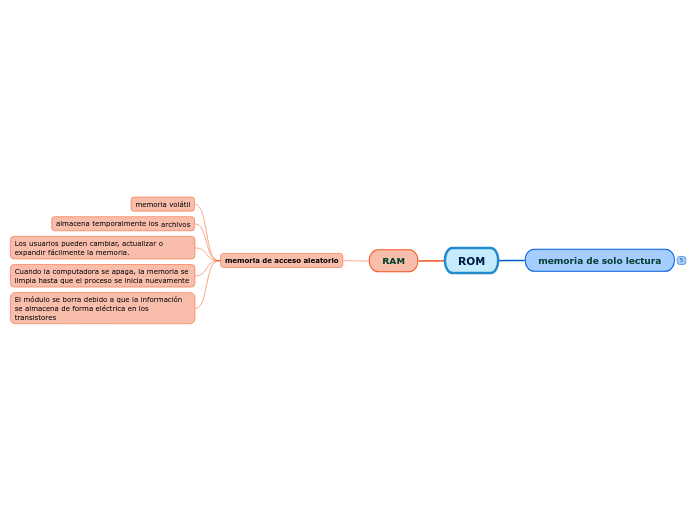a jennifer reyes 3 éve
243
ROM y RAM - Copia

a jennifer reyes 3 éve
243

Még több ilyen
In physics, energy is the quantitative property that must be transferred to an object in order to perform work on, or to heat, the object. Energy is a conserved quantity; the law of conservation of energy states that energy can be converted in form, but not created or destroyed
Nuclear energy originates from the splitting of uranium atoms – a process called fission.
This generates heat to produce steam, which is used by a turbine generator to generate electricity. Because nuclear power plants do not burn fuel, they do not produce greenhouse gas emissions.
Write down the advantages and disadvantages of Nuclear Energy.
There are many different types of energy, which all fall into two primary forms – kinetic and potential.
Energy can transform from one type to another, but it can never be destroyed or created.
Electrical energy is the movement of electrons, the tiny particles that make up atoms, along with protons and neutrons.
Electrons that move through a wire are called electricity.
Give another example of electrical energy.
Chemical energy is stored in the bonds of atoms and molecules.
It is the energy that holds these particles together.
Stored chemical energy is found in food, natural gas, etc.
Give more examples.
Nuclear energy is stored in the nucleus of atoms.
This energy is released when the nuclei are combined (fusion) or split apart (fission).
Nuclear power plants split the nuclei of uranium atoms to produce electricity.
What element do they use to fuel nuclear power plants?
Thermal energy is created from the vibration of atoms and molecules within substances. The faster they move, the more energy they possess and the hotter they become. Thermal energy is also called heat energy.
Give examples of heat energy.
Motion energy or mechanical energy is the energy stored in objects; as objects move faster, more energy is stored.
Examples of motion energy include wind, a flowing river, etc.
Give more examples.